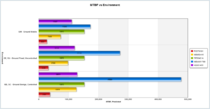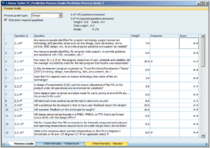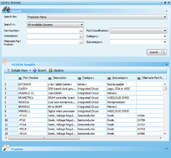Reliability Prediction Models
Note: This is the third part of a three-part article. It provides guidelines for making a sound judgment when deciding which reliability prediction standard to apply to a particular analysis. Part I identified the major factors in reliability prediction models that contribute to predicting component failure. Part II, described the most widely accepted reliability prediction standards applied in current projects.




